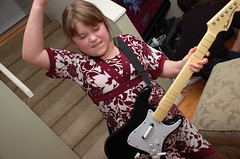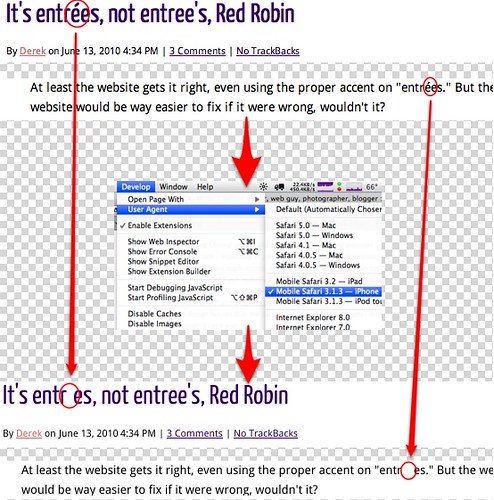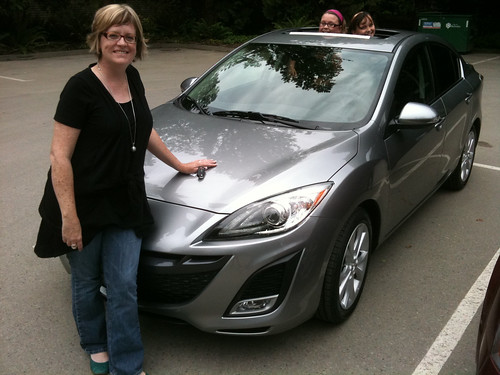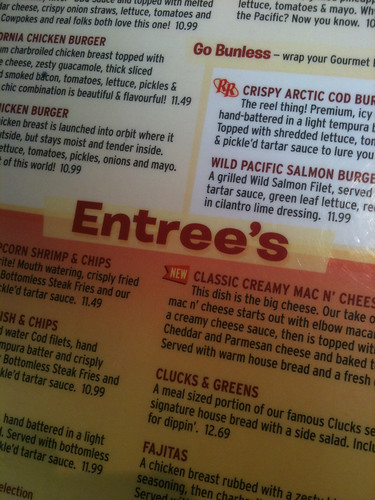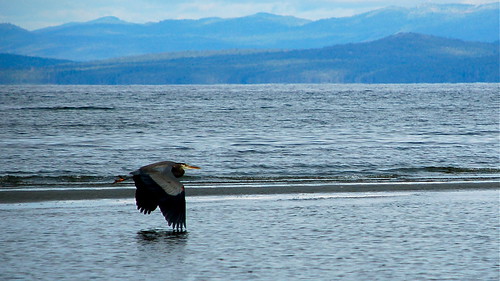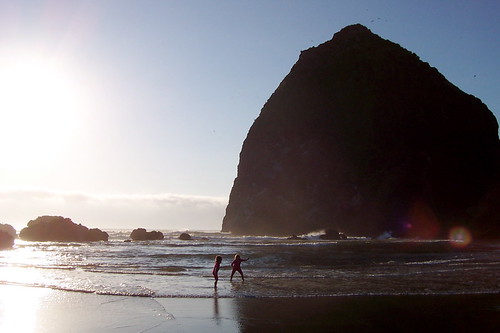Today we're bringing home a new car, to replace the Toyota Echo we bought in 2004, almost exactly six years ago. There's nothing wrong with the Echo, but my wife Air, who drives it, was finding it a bit bare-bones, with its manual windows and locks, and—most crucially—lack of air conditioning. (As our kids say every summer, "Why did you buy a black car with no AC?")
Extra features like a sunroof (which every manufacturer calls a moonroof now, I guess because long ago, sunroofs didn't include glass) and cruise control were also on the menu. We were looking in the small-sedan market, one step up from the true econoboxes like our Echo, with enough options to put the price over the $20,000 Cdn mark, but not into the $30,000 range of true mid-size cars.
 Kia Soul
Kia Soul
The small-car market is certainly competitive. At times we wished there were fewer choices so the decision would be easier. At the recommendation of a few friends, including Steven and the Biehlers, we first looked at the Kia Soul 4U, which I suppose you'd call an "urban crossover" vehicle. I think it might still be my favourite, but while Air liked it, she prefers sedans over the Soul's more truck-like stance, engine sound, and slightly quirky look. (The quirky look is probably why it appeals to me.) It certainly offers the best features for the money, and the longest warranty.
 Toyota Corolla
Toyota Corolla
At the extremely non-quirky end of the scale is the Toyota Corolla LE, pretty much the definition of the basic family sedan for the past few decades. Toyota seems to have pushed the Corolla into slightly more luxe territory recently, with the interior of the LE model including very Euro-style faux-wood paneling, keyless entry and push-button starting, a spacious trunk, and a remarkably quiet and smooth ride compared to its competitors. But it's not an exciting car. Still, for Air, it was top of the list almost to the end.
 Suzuki SX4
Suzuki SX4
I expected to be impressed with the Suzuki SX4 sedan, but the company seems to be overcharging for what it offers. Even without the all-wheel drive from higher-end SX4 models, its price fell into the same territory as the other cars here, but without the same level of fit and finish. It's also a genuinely small car, more in line with the Echo we have already, and not very inspiring to look at or sit in. I didn't even test-drive it. By comparison, Suzuki's new Kizashi sedan is a beautiful machine, but is also several thousand dollars out of our price range.
 Honda Civic
Honda Civic
For me, the Honda Civic Sport sedan deserves its place as Canada's best-selling passenger car. It looks good, drives wonderfully, and has a space-age interior with a sexy but functional two-tier dashboard display. Alas, despite all the available adjustments, Air didn't find the driving position comfortable. The current Civic also lacks stability and traction control, which are standard on most of the other cars we tried, and will soon be mandatory in Canada anyway.
 Ford Focus
Ford Focus
We already own a Ford Focus station wagon, from 2001, so it made sense to check out the current Focus SEL sedan—although that's not what I wanted to do. I visited our local Ford dealer to see the new Ford Fiesta, prominently advertised on the company's website. But the Fiestas aren't actually arriving for a few weeks, so a Focus test drive would have to do. The car was perfectly fine, an improvement in ride and power over our wagon, but less distinctive in appearance inside and out. Not in the same league as the top contenders, in other words. Despite a full-court press from the salesman, I left the lot somewhat underwhelmed.
 Mazda3 - the winner
Mazda3 - the winner
I was completely uninvolved in our final purchase decision, but I'm still happy with the result. While driving our friend Steven home from a visit to our house, Air dropped in to see the Mazda3 sedan, and she loved it. My cousin and my friend Paul already own older models of the same car, and the 2010 version looks slightly sportier still. Air got a better trade-in for our Echo than other dealers were offering, and added some higher-end features such as Bluetooth connectivity and a six-CD changer for a similar price. Oh, and tinted rear windows.
One thing I found universally annoying: car company websites use way, way, way too much Adobe Flash—especially in places where it's entirely unnecessary, like spec sheets and build-and-price applications. As we webby types have known for years, while often pretty, the overuse of Flash makes it impossible to bookmark or link to specific pages, uses more processing power on my computer than it should, and is entirely useless on devices like the iPhone and iPad that don't support Flash. As those devices become more popular, I expect the design houses that the car makers hire to build websites will be forced to change soon enough. I can't wait.
Anyway, Air and the kids are off to pick up the car as I write this. Unfortunately, I'm still recovering from my latest chemotherapy treatment on Tuesday (at least I'm awake today), so I'm still popping Gravol pills, and don't feel well enough to spend an hour at the car dealership. I'll wait to get my first look at our new vehicle when she brings it home. We'll post pictures, of course.
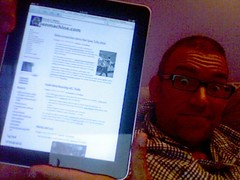 Okay, honestly, I feel like crap today. It's only been two days since my last chemotherapy treatment, so that's to be expected. But it is my 41st birthday, and my wife and kids bought me an iPad! (The 16 GB Wi-Fi model, if you're interested.) So that already makes it an improvement over other chemo days.
Okay, honestly, I feel like crap today. It's only been two days since my last chemotherapy treatment, so that's to be expected. But it is my 41st birthday, and my wife and kids bought me an iPad! (The 16 GB Wi-Fi model, if you're interested.) So that already makes it an improvement over other chemo days.